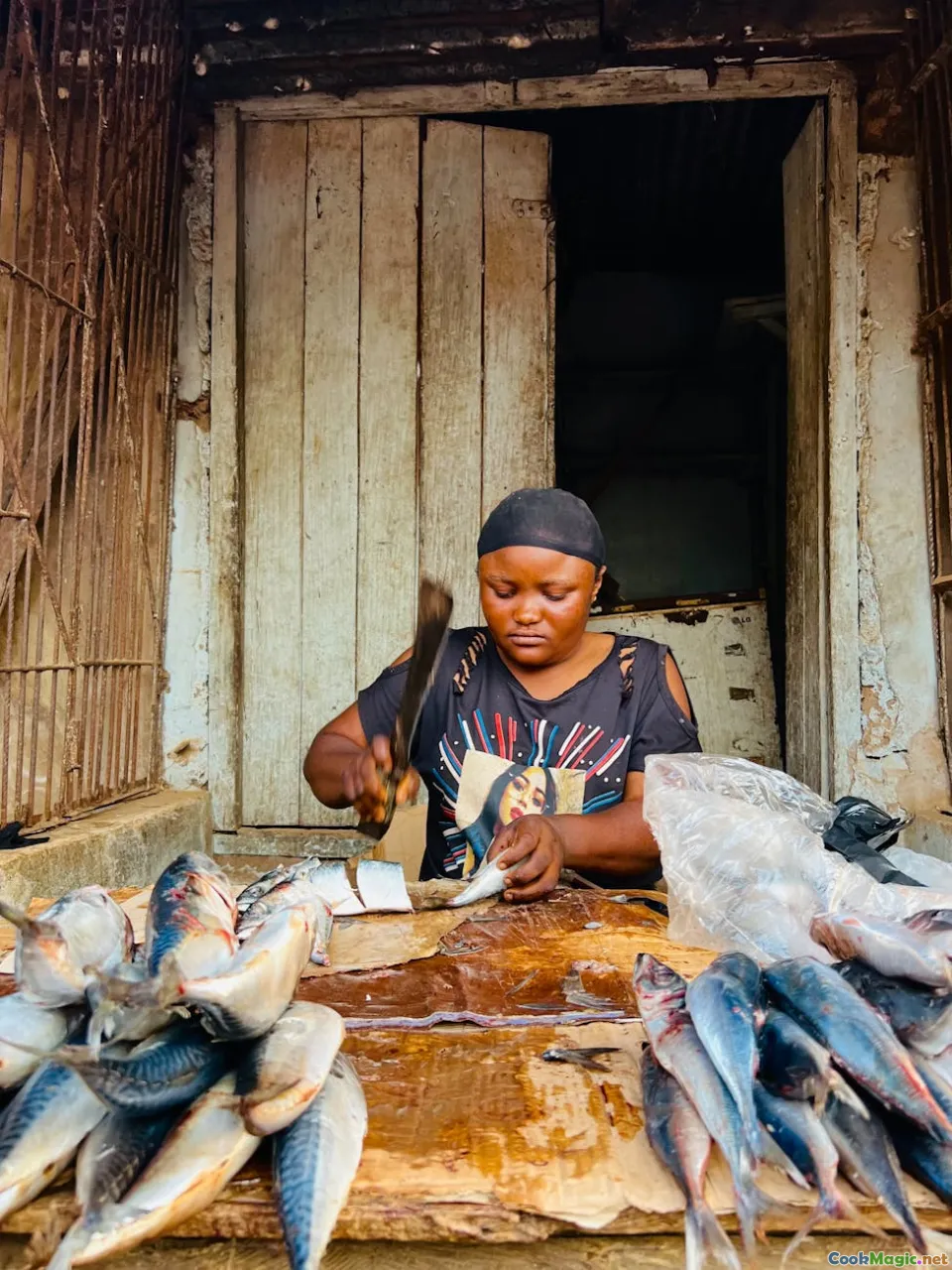Sustainable Fishing Practices and Local Seafood
8 min read Discover how sustainable fishing preserves Saint Vincent and the Grenadines' rich seafood heritage, ensuring fresh flavors for generations to come. May 02, 2025 02:55
Sustainable Fishing Practices and Local Seafood
Imagine the vivid hues of a Caribbean sunrise casting a golden glow over crystal-clear waters, where traditional boats gently sway on the horizon. For the people of Saint Vincent and the Grenadines, the bounty of these waters isn’t just a source of sustenance—it's a vital part of their cultural identity, history, and future. In this paradise, sustainable fishing isn’t merely an environmental concern; it’s a way of life that intertwines respect for nature, culinary tradition, and community resilience.
The Heartbeat of Saint Vincent’s Seafood Heritage
Saint Vincent and the Grenadines boasts a shoreline stretching over 133 kilometers, dotted with small fishing villages where generations have relied on the sea’s generous offerings. From the tender fillets of snapper to the smoky aroma of smoked marlin, local seafood flavors define the island’s gastronomy and social rituals.
In traditional markets like Kingstown’s Central Market, vibrant displays of freshly caught fish evoke a sensory symphony—the briny scent of sea air, the gleam of scales, and the lively chatter of vendors. These moments underscore a deep-seated connection between the land, sea, and community.
The Challenges Facing Marine Ecosystems
However, the Caribbean seas face mounting pressures: overfishing, illegal fishing, climate change, and habitat destruction threaten the delicate balance that sustains local fisheries. Excessive harvests deplete fish stocks, diminish biodiversity, and jeopardize the livelihoods of countless fishermen.
For Saint Vincent and the Grenadines, the challenge is clear: how can they preserve their treasured marine resources while maintaining their rich culinary traditions? The answer lies in embracing sustainable fishing practices that honor the environment and ensure future generations can enjoy the same vibrant seafood culture.
Embracing Sustainable Fishing: Techniques and Traditions
1. Selective Fishing Gear
One of the key strategies is the adoption of selective fishing gear that minimizes bycatch—unintended catches of non-target species—and reduces habitat damage. Fishers are increasingly turning to circle hooks, which catch fish more humanely and reduce the mortality rate.
2. Fishing Quotas and Seasonal Closures
Implementing scientifically determined quotas helps prevent overfishing, while seasonal closures protect spawning periods of critical species like grouper and snapper. By respecting these natural cycles, fishermen contribute to the replenishment of fish stocks.
3. Community-Based Management
Local fishing communities are at the forefront of sustainable practices. Through cooperative management, they set community rules, enforce regulations, and monitor fish populations. This collective effort fosters a sense of ownership and responsibility.
4. Marine Protected Areas (MPAs)
Designating MPAs allows specific zones where fishing is restricted or prohibited, creating sanctuaries for marine life to breed and grow undisturbed. These areas serve as natural nurseries, boosting fish populations both inside and outside their boundaries.
5. Traditional Knowledge and Modern Science
Merging ancestral fishing wisdom with contemporary scientific research creates effective conservation strategies. Elders’ insights about seasonal migrations and breeding grounds complement data collected through marine surveys.
The Delicious Fruits of Sustainable Practices
When fishing is conducted responsibly, the results are profoundly flavorful and visually stunning. The freshness of fish caught sustainably means a richer taste—more vibrant, more tender, and imbued with the subtle nuances of the sea.
Signature Dishes Celebrating Local Seafood
- Grilled Lionfish: An invasive species turned hero, lionfish is now farmed and caught sustainably, offering a sweet, mild flavor with a hint of spiciness.
- Saltfish Rundown: A classic dish where salted cod is simmered in coconut milk with herbs and spices, showcasing the depth of local flavors.
- Smoked Marlin: The smoky aroma and tender texture of marlin exemplify traditional preservation techniques that respect the fish’s natural qualities.
The Sensory Experience
Imagine biting into a freshly grilled snapper, its crisped skin giving way to flaky, juicy flesh that melts in your mouth, infused with flavors of lime, garlic, and local herbs. Or savoring the aroma of smoked marlin, where the smoky, salty notes evoke memories of seaside evenings and communal feasts.
Personal Reflection: A Commitment to the Sea
Having spent time on Saint Vincent's shores, I’ve witnessed firsthand how local fishermen and chefs embrace sustainability as a moral, cultural, and culinary imperative. It’s inspiring to see young fishermen learning traditional methods alongside modern techniques, ensuring that the island’s seafood remains both bountiful and ethical.
One memorable morning, I joined a boat captain as he cast his nets with practiced precision, sharing stories of generations past. Later, at a seaside restaurant, I tasted a plate of freshly caught kingfish, grilled simply with herbs—an experience that encapsulated the harmony of tradition, sustainability, and flavor.
The Path Forward: Preserving a Culinary Heritage
Sustainable fishing is more than an environmental choice; it’s a celebration of cultural resilience. For Saint Vincent and the Grenadines, the path forward involves continued community engagement, education, and policy support to protect their marine treasures.
By choosing local seafood caught through responsible practices, both residents and visitors can contribute to a legacy of abundance—a future where the sea’s generosity continues to nourish, inspire, and connect generations.
Conclusion
The vibrant waters of Saint Vincent and the Grenadines hold stories of resilience, tradition, and hope. Embracing sustainable fishing practices ensures that these stories can be told for generations to come—through the flavors of fresh seafood, the preservation of marine ecosystems, and the enduring spirit of the island communities. When we savor local seafood, we partake in a centuries-old dance between humanity and nature—one that, with care and respect, can flourish for eternity.









